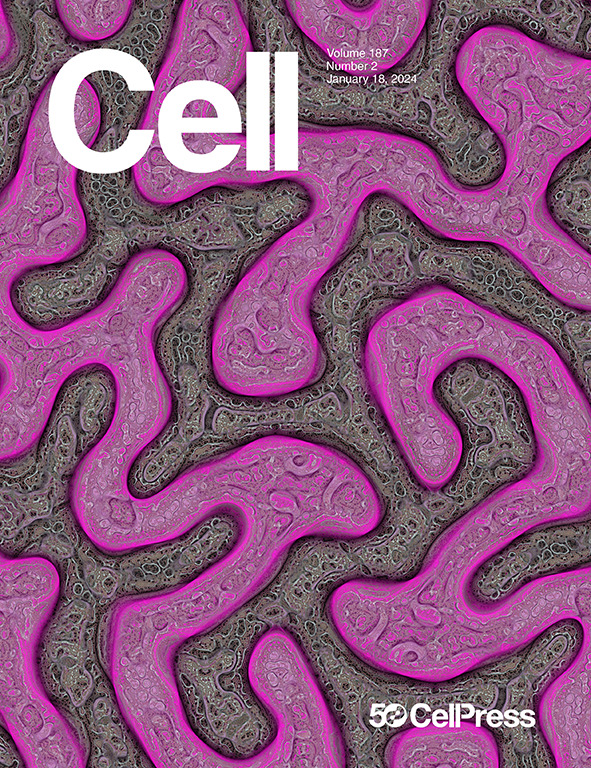Structure of gut microbial glycolipid modulates host inflammatory response
IF 45.5
1区 生物学
Q1 BIOCHEMISTRY & MOLECULAR BIOLOGY
引用次数: 0
Abstract
Commensals are constantly shaping the host’s immunological landscape. Lipopolysaccharides found in gram-negative microbes have a terminal lipid A in their outer membrane. Here, we report that structural variations in symbiotic lipid A lead to divergent immune responses with each lipid A structure, eliciting effects distinct from those induced by classical lipid A. Certain lipid A structures can induce a sustained interferon (IFN)-β response orchestrated by Cdc42-facilitated Toll-like receptor 4 (TLR4) endocytosis and lipid droplet (LD) formation. This lipid A-directed IFN-β response is paramount for colon RORγt+ regulatory T cell (Treg) induction while simultaneously suppressing colonic TH17 cells and controlling gut inflammation. Intriguingly, the quantitatively dominant penta-acylated lipid A species in Bacteroidetes fails to elicit an IFN-β response. Instead, a less abundant tetra-acylated lipid A species sustainably induces IFN-β, thereby contributing to RORγt+ Treg homeostasis. Nuances in symbiont lipid A structure contribute to maintaining potent regulation of Tregs to maintain a healthy endobiotic balance.

肠道微生物糖脂结构调节宿主炎症反应
共生体不断地塑造着宿主的免疫景观。在革兰氏阴性微生物中发现的脂多糖在它们的外膜上有一个末端脂质a。在这里,我们报告了共生脂质A的结构变化导致每种脂质A结构的不同免疫反应,引发与经典脂质A诱导的不同的效应。某些脂质A结构可以诱导持续的干扰素(IFN)-β反应,由cdc42促进的toll样受体4 (TLR4)内吞和脂滴(LD)形成。这种脂质a导向的IFN-β反应对于结肠RORγt+调节性T细胞(Treg)诱导至关重要,同时抑制结肠TH17细胞和控制肠道炎症。有趣的是,拟杆菌门中数量上占优势的五酰化脂质A不能引起IFN-β反应。相反,较少的四酰化脂质a持续诱导IFN-β,从而促进rorγ - t+ Treg稳态。共生体脂质A结构的细微差别有助于维持Tregs的有效调节,以维持健康的内源性平衡。
本文章由计算机程序翻译,如有差异,请以英文原文为准。
求助全文
约1分钟内获得全文
求助全文
来源期刊

Cell
生物-生化与分子生物学
CiteScore
110.00
自引率
0.80%
发文量
396
审稿时长
2 months
期刊介绍:
Cells is an international, peer-reviewed, open access journal that focuses on cell biology, molecular biology, and biophysics. It is affiliated with several societies, including the Spanish Society for Biochemistry and Molecular Biology (SEBBM), Nordic Autophagy Society (NAS), Spanish Society of Hematology and Hemotherapy (SEHH), and Society for Regenerative Medicine (Russian Federation) (RPO).
The journal publishes research findings of significant importance in various areas of experimental biology, such as cell biology, molecular biology, neuroscience, immunology, virology, microbiology, cancer, human genetics, systems biology, signaling, and disease mechanisms and therapeutics. The primary criterion for considering papers is whether the results contribute to significant conceptual advances or raise thought-provoking questions and hypotheses related to interesting and important biological inquiries.
In addition to primary research articles presented in four formats, Cells also features review and opinion articles in its "leading edge" section, discussing recent research advancements and topics of interest to its wide readership.
 求助内容:
求助内容: 应助结果提醒方式:
应助结果提醒方式:


